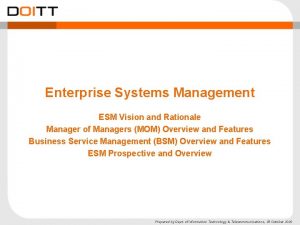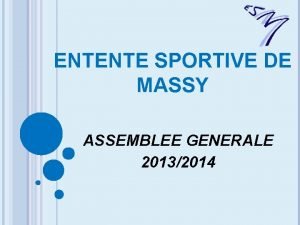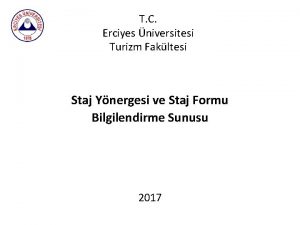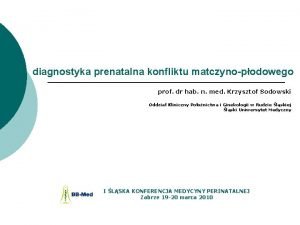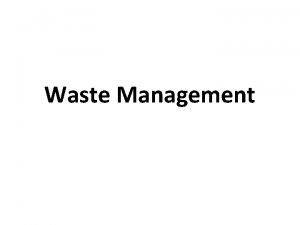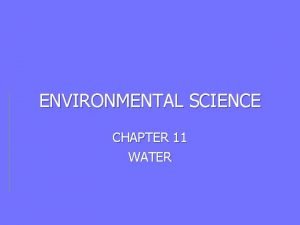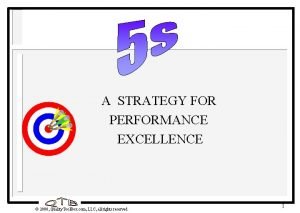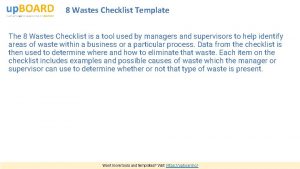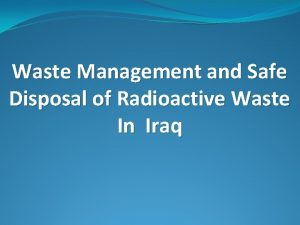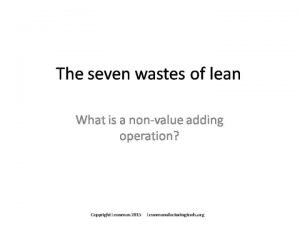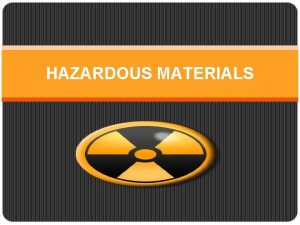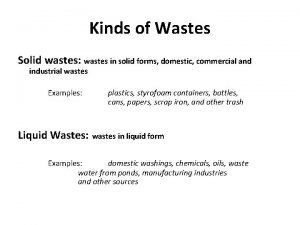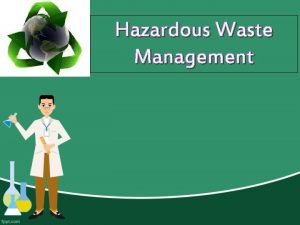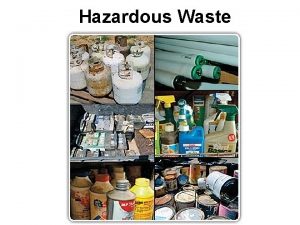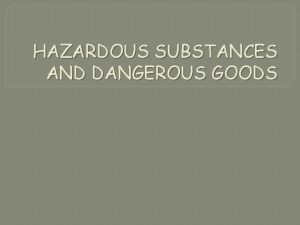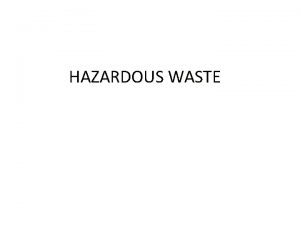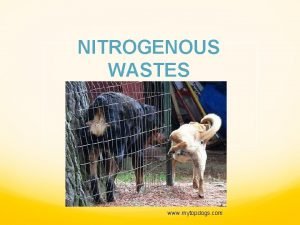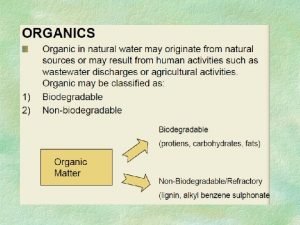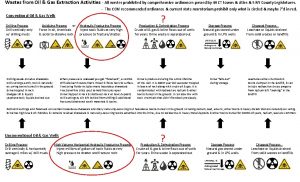Getting ESM of hazardous and other wastes into














- Slides: 14

Getting ESM of hazardous and other wastes into national planning documents Session B 2

2. Why bother? If ESM of hazardous waste is important, it must be represented in PRSPs, because: otherwise it will remain a relatively unimportant and un-funded issue; bilateral and multilateral development agencies tend to provide their financial support in line with the PRSP. Support is thus difficult to acquire for elements omitted from the PRSP.

3. Mainstreaming Environment Opening process to environmental “voices” Gathering data on environmental problems & opportunities Analyzing poverty-environment links Poverty reduction w. environment in mind Prioritizing environmental management w. poverty in mind Defining relevant indicators, targets, & monitoring outcomes

4. How serious is the problem? Environment is largely missing from PRSPs. In recent World Bank analysis of 49 PRSPs, on scale of 0 to 3, where 3 is “good practice”, average was 1. 2. Analysis focused on the following environment issues: – Land use: degradation, deforestation, erosion, overgrazing etc. – Water: drinking water, irrigation, fisheries, water pollution etc – Air & climate: air quality, solid fuel use, emissions, climate variability; – Biodiversity: threats to ecosystems, species & genes, nature based opportunities

5. Where was ESM of wastes? Waste was not an issue that the World Bank team focused on, although they would have been sensitive to it in a cross cutting sense.

6. Causal Link Assessment The analysis also considered the multiple poverty-environment linkages: Poverty & natural resource degradation; Environmental health Vulnerability (impact of natural hazards) Property rights (tenure and user rights) Incentives Empowerment Gender.

7. Results on 0 – 3 range Zambia Ghana Mozambique Kenya Malawi Rwanda Ethiopia Burundi Gambia Uganda Tanzania Lesotho Sierra Leone 2. 4 2. 2 1. 9 1. 7 1. 6 1. 4 1. 2 1. 1 0. 9 0. 6

8. Interesting remarks in report The PRSP in many countries could more effectively engage the environmental constituency. On their part it is important that environmentalists in developing countries take an active interest in the PRSP process. What explains the (few) high scores? One reasonable assumption is that it is related to the degree to which the environmental constituency is mobilised and allowed to contribute

9. Are there existing guidance notes? UNDP are preparing a report on “Mainstreaming sound management of chemicals into development planning”, and this report is scheduled to be available early 2007.

10. Proposed approach Baseline data needed to establish importance of ESM & clarify main challenges; Strategic planning process needed to build awareness and clarify how to advance in most effective way; Clear and achievable action plan should be issued (vague generalisations avoided!) PR machine must create better awareness in all sectors, drawing on national issues and relevant articles from other countries; Submissions to national planning process must be convincing, well presented & strongly promoted by powerful people.

11. National Working Group or Environmental Protection Committee (NEPCOM) Reporting to the Minister of Planning? Chaired by Minister of Environment Members – representatives of: Industry ( Chamber of Commerce) Academia Municipalities Water Agriculture Transport Health Media

12. NEPCOM Function Maintain oversight of key environmental issues facing the country Review and approve environmental legislation Require, set the TOR for and review Environmental Impact Assessments Ensure that environmental sustainability is planned and achieved through a strategic approach; Ensure that environment is adequately represented in national plans and PRSPs

Draft Contents of the SMC Mainstreaming Guide Preface PART I Chapter 1. Introduction 1. 0 Purpose of the guide 1. 1 Sound management of chemicals 1. 2 Chemicals production and categorization Chapter 2. SMC and its implications for MDG-based national development priorities 2. 0 SMC and UN Millennium Development Goals (MDGs) Chapter 3. SMC linkages to sector strategies and plans 3. 0 SMC can benefit from a cross-sectoral coordinating mechanism 3. 1 SMC’s synergies with sector-based development Chapter 4. Building capacity for SMC 4. 0 More nations will be seeking capacity building and financial support for SMC 4. 1 Industrializing nations—key players in international and regional chemicals trade 4. 2 Developing nation capacity for SMC 4. 3 Sound management of chemicals is gaining prominence

PART II: A stepped approach for mainstreaming sound management of chemicals Step 1: Mapping and baseline Step 2: Diagnostics Step 3: Stakeholder consultation and awareness raising Step 4: Identifying opportunities and priorities for SMC Step 5: Policy and legislative Framework Step 6: SMC mainstreaming Step 7: Monitoring and Assessment



